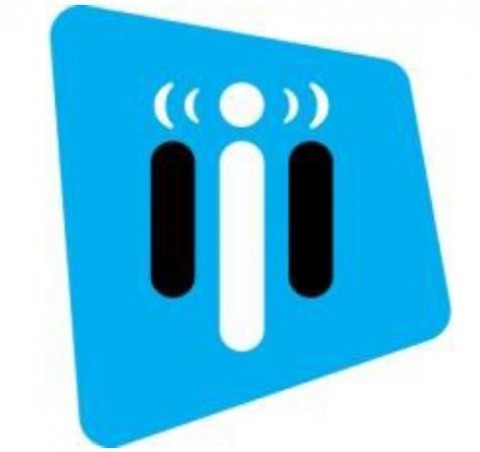
OTTAWA – The Wireless Code plus customer service improvements by the country’s wireless and Internet providers helped to cut telecom service complaints for a third straight year, the Commissioner for Complaints for Telecommunications Services (CCTS) said Thursday in its annual report.
The report, Guidance In A Sea Of Change, showed that the CCTS received 8,197 customer complaints in 2015-16, down 18% from 9,988 in 2014-15, and that it increased its resolution rate two points to 89%. Wireless services complaints once again topped the list with 50.3% of all complaints, followed by 26.5% for Internet, 19.6% for local telephone service and 3.6% for long distance.
“With complaints on the decline for the third year in a row, I think it’s safe to say we’re witnessing a trend,” said CCTS Commissioner and CEO Howard Maker, in the report’s news release. “Largely as a result of the publicity generated by CCTS publicly reporting the number of complaints received from customers of each service provider, the companies have become motivated to reduce the number of complaints that CCTS receives from their customers. This appears to have resulted in many service providers making concerted efforts to change how they deal with their customer complaints, and to make concerted efforts to resolve more of them ‘in-house’. Although there remains lots of room for improvement, it is good news for customers when they don’t have to approach the industry ombudsman to get their problems sorted out.”
Wireless gripes continued to top the list of complaints with 7,931, followed by Internet with 4,177, issues about local phones services at 3,086, and long distance complaints at 562. TV complaints continued rise to 8,678, though they will not fall under the CCTS’ mandate until September 2017.
Overall, billing errors made up almost half (41.1%) of the most common complaint issues, followed by contract disputes (31.5%), service delivery (including installation, repair and maintenance) at 22.8% and credit management at 4.6%.
The issues raised most frequently in customer complaints were non-disclosure of terms/ misleading information about terms with 12% of total issues, followed by incorrect charge at 8.6%, intermittent/inadequate quality of service at 7.7%, and 30-day cancellation policy/charges billed after cancellation at 7.0%.
“We’re also concerned about the rise in complaints regarding the 30-day cancellation policy and charges billed after cancellation,” added Maker. “We’ll continue to monitor these complaints and collaborate with stakeholders to ensure clarity and fairness for telecom consumers.”
The number of Wireless Code confirmed breaches dropped by more than half – from 582 in 2014-15 to 246 this year. CCTS also confirmed 25 breaches of the Deposit and Disconnection Code.
Bell Canada again topped the list of the participating service providers about which the CCTS received the most complaints in 2015-16 with 2,940 or 35.9% of all accepted complaints. Rogers was second with 861 complaints (10.5%) and Telus logged 570 complaints (7.0%). These totals do not include each company’s flanker brands. Videotron generated 402 complaints (4.9%), Shaw (excluding Wind Mobile) had 85 complaints (1.0%), and Cogeco generated 49 complaints (0.6%).
Rogers credited its 52.5% year-over-year reduction in complaints to new initiatives designed to address the top reasons customers call.
"We know behind every complaint is a person and a family who expected a better experience," said Rogers' chief customer officer Deepak Khandelwal, in a news release. "Our dedicated frontline and operational teams work hard every day to improve our customers' experience. We're focused on making things simple, putting our customers in control, and today's report shows we are making good progress and there's more work to do."
Videotron also issued a press release, highlighting its 90.9% resolution rate (though its number of complaints actually increased 28.4% year-over-year).
"The focus on customer experience is in our DNA," said Videtron president and CEO Manon Brouillette, in the release. "Day after day, we apply all our know-how to maintaining our lead on this front. But we must continue to improve, particularly in mobile service, which accounts for 50% of all customer complaints. We are very proud of where we are in mobile after only 6 years. The expectations are high and we fully intend to continue investing all our efforts in continuously improving our service and delivering the best customer experience anywhere."
Bell Canada saw its percentage of complaints drop by 18.3%, while Telus saw its share rise by 22.3%.



